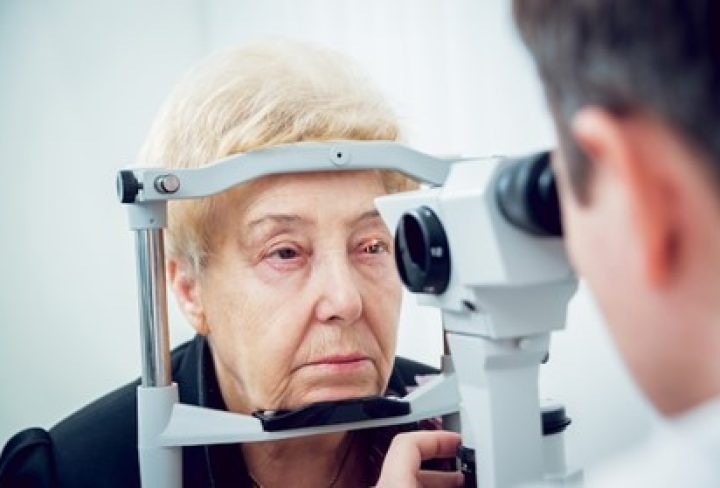Cataracts, a common eye condition, can cloud your vision and hinder your daily life.
What Are Cataracts?
A cataract is a clouding of the natural lens in the eye, located behind the iris and pupil. While cataracts often affect both eyes, they can develop in one eye first. This prevalent condition primarily occurs with age, typically after reaching 40.
Types of Cataracts
Cataracts come in various forms, with a few being more prevalent:
Nuclear Cataracts: These develop in the center of the lens, worsening over time.
Cortical Cataracts: These spoke-like opacities begin at the lens’s edge and progress towards the center, causing light glare.
Congenital Cataracts: Present at birth, these can vary from minor to severe opacity.
Trauma-Induced Cataracts: Resulting from eye injuries, they may assume a “rosette” shape.
Posterior Subcapsular Cataracts: These develop at the lens’s central back surface, causing vision difficulties in bright light and colors.
Symptoms of Cataracts
Cataracts often start small, initially causing minimal vision impairment. However, symptoms can take months to years to become noticeable. Common signs of cataracts include:
- Blurred vision
- Increased light sensitivity
- Difficulty with night vision
- Halos around lights
- Double vision
- Diminished color perception (Colors may appear less vibrant)
If you suspect you have cataracts, consulting an eye doctor is crucial for a proper diagnosis.
Causes of Cataracts
The clouding of the eye’s lens is caused by clumping of proteins within it, which obstructs clear vision. As time progresses, these clumps grow larger, further obscuring the lens. The lens in your eye functions like a camera lens, focusing light onto the retina to facilitate clear vision. It also enables you to see objects both up close and at a distance.
While the exact cause of age-related cataracts remains uncertain, several factors contribute to their development. These factors include:
- Prolonged exposure to sunlight and other UV sources
- Diabetes and hypertension
- Obesity, smoking, excessive alcohol consumption
- Prolonged use of corticosteroid medications
- Prior eye injuries or surgeries
- Family history
Diagnosing Cataracts
- Slit-Lamp Exam: Using a specialized microscope, your doctor examines your eye, checking for cataracts.
- Retinal Exam: Dilation eye drops enable a better view of your retina and optic nerve, aiding cataract diagnosis.
- Refraction: Changes in your eyeglass prescription may indicate developing cataracts.
Treatment for Cataracts
When cataract symptoms emerge, initial management options may include:
New Glasses: Updated prescription glasses may temporarily improve vision.
Magnification Aids: Magnification glasses or appropriate lighting can help.
Visual Aids: Some visual aids may enhance vision.
However, if cataracts significantly impact your quality of life, your eye doctor may recommend cataract surgery. This highly successful and relatively painless procedure has restored the vision of millions of people.
Preventing Cataracts
While cataracts cannot be entirely prevented, you can reduce their risk by
- Protect your eyes from UV radiation by wearing sunglasses during the day.
- Maintain a healthy diet, exercise regularly, and manage conditions like diabetes and hypertension.
- Frequent eye check-ups ensure early detection of developing cataracts.
Understanding cataracts is essential to maintaining your eye health. By recognizing their causes, symptoms, and treatment options, you can make informed decisions about your eye care. If you suspect cataracts, consult an eye specialist to explore the best approach for preserving your vision


